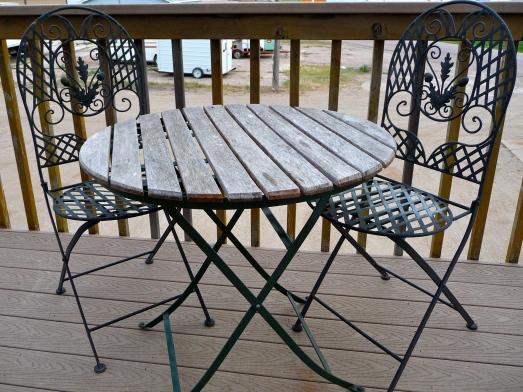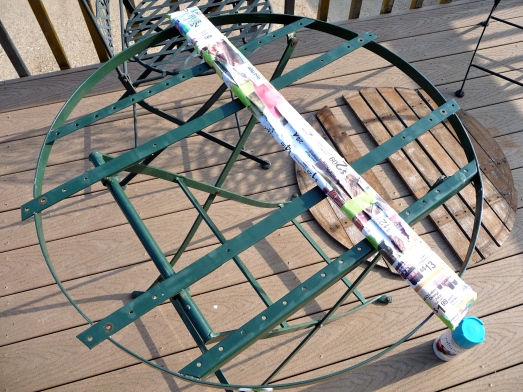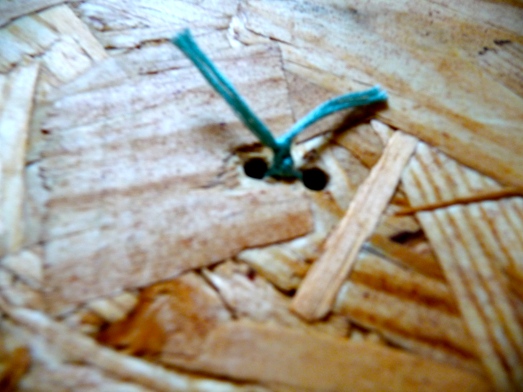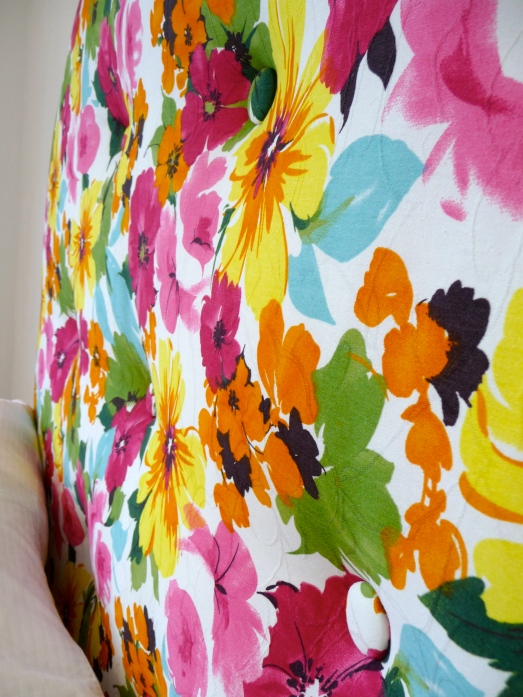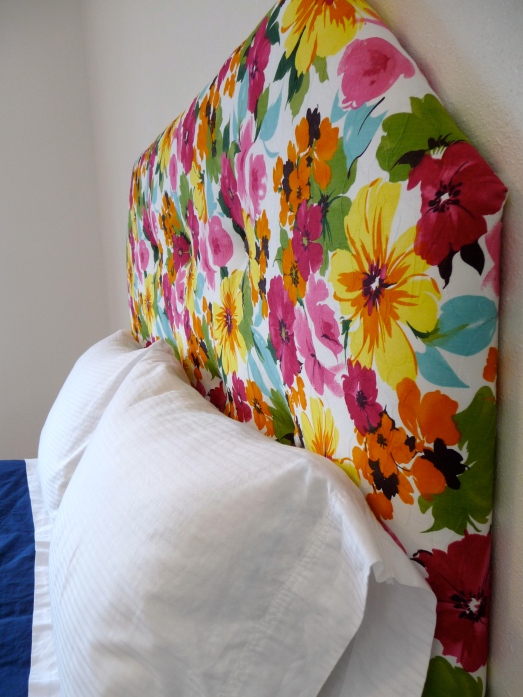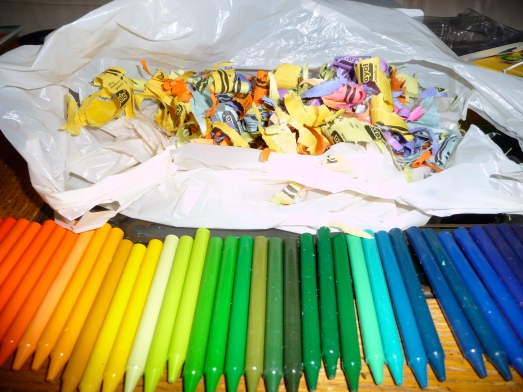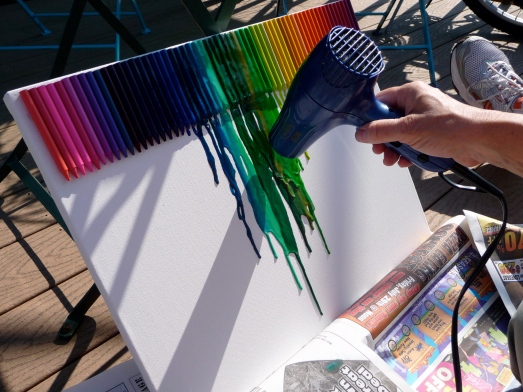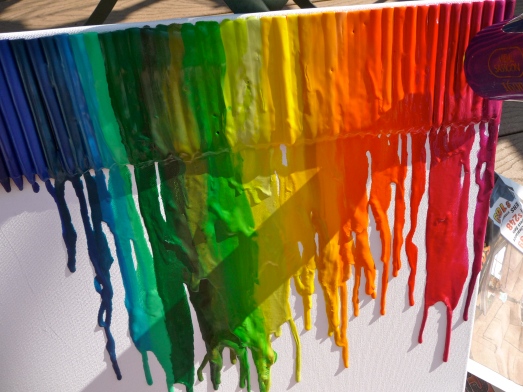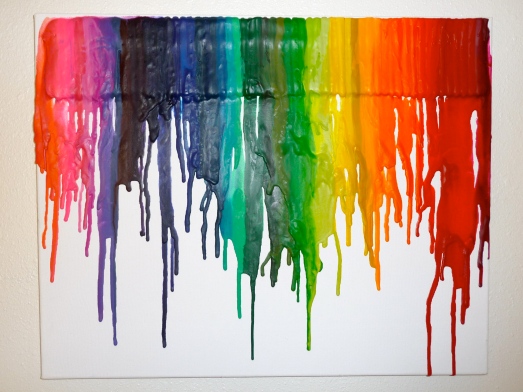Anyone been missing me lately? Or my posts, at least? Here’s the (partial) scoop on where I’ve been:
1. I became an adult. That is, I got a job, and I subsequently learned that jobs have much in common with vampires in their tendencies to suck lives away. It’s not a bad job, but let’s just say it’s not my dream job, either, so there are definitely other ways I’d like to be spending my time…which leads me to:
2. I’ve been working diligently on a project that I’ve been trying to complete for several years now, and it is finally nearly finished. I hope to be able to announce it here soon, not because it’s necessarily “blog-related”, but it’s certainly “my-life-related”, so why not, right?
3. I still have to sleep, and there are only so many hours in the day (24, to be exact).
My point is, in the words of Bryan Adams: Please forgive me.
I’ve still been crafting and cooking and taking plenty of pictures along the way, so all will be shared eventually, perhaps when my husband allows me to quit my job and spend my days creating lovely, simple things and sharing them (WARNING: extreme exaggeration ahead) with my millions of followers. Or, probably more likely, I’ll simply share them at a glacial rate over the next several months.
And now, as a reward for your patience (in waiting for this blog post, as well as reading all of my rambling up to this point), I present my latest sewing project:

I dearly hope that you have enough confidence in me to know this already, but for those of you who are unfamiliar with my impeccable fashion sense (read: I can dress my self in the morning), I will make it clear: THIS IS A BEFORE PHOTO.
I bought this large, shapeless dress for $3 at a Goodwill. I had originally wanted to cut it up and make a throw pillow or two, but when we put up apple/lime green curtains in our living room, that plan was quickly thrown out. Instead, I decided I would remake the baggy dress into a skirt. The photo above is actually the first step in the process: deciding where to cut (the second step if you include brainstorming with my mom and sister to decide on a shape for the skirt). I used a necktie to secure the dress where I wanted it to sit at my natural waist and adjusted the dress until it was the length I desired. Then I pinned the waist (while the dress was still on) where I would need to cut.
I then laid the dress flat, lined up the hemline at the bottom, smoothed out any wrinkles, and measured from my pins to the hemline.

I don’t remember what the length was, but I used that measurement (plus about a 1/2″ – 5/8″ seam allowance) to keep my cut straight, just moving the tape measure across as I cut from one side to the other.

The dress I used had a zipper running down the back, and because it was long enough, I decided to keep part of it for the skirt so that I wouldn’t have to worry about sewing on a new one. As you can see below, I cut all the way across the dress except for the zipper, which I cut through at the end using craft scissors (rather than the sacred sewing scissors).

If you do this, make sure to pin your zipper open (I safety pinned the zipper pull to the skirt). Otherwise, your zipper pull might come off and you’ll have no way to fix it except to sew on a new zipper. Major bummer.
Once you have your skirt cut out, you can make the waist band. Start by cutting off another section of the dress all the way around. To decide the width of this piece, take your desired waistband width, multiply by two, and add 1/2 to 1 inch for seam allowances. As for mine, I cut a four inch wide strip and ended up with a 1 1/2″ waistband. If applicable, I highly recommend completing this step at your mother’s house, where you can use all her fancy gadgets, like this really nice rotary cutter. Otherwise, scissors and a tape measure will do just fine.

The next step is to cut your waistband to the correct length. If you plan to add a button closure like I did, you’ll need to add an inch to your waist measurement, plus another 1/2 inch for – you guessed it – a seam allowance.
After you finish the waistband, you’ll need to round up some interfacing. This will help keep the waistband laying flat rather than bunching up or looking flimsy when you wear your skirt. Cut a strip of interfacing to the same length as your freshly cut waistband and half of its width.
Now comes ironing. First, iron your waistband in half lengthwise, insides facing in (how it would be on your skirt). Next, unfold the waistband and fold and iron one edge 5/8″. This half of the waistband will be facing the inside of your skirt, so plan accordingly if you want a particular side to show. Lastly, iron your interfacing onto the other half of the waistband. If this all sounds confusing, hopefully this picture will help:

If you’re still following me, take your waistband over to your sewing machine. Fold it the opposite way as your ironing (so the good sides are facing in) and stitch up both ends 1/4 inch from the edge. Flip it back to right-side-out, and you should have something that looks like a waistband (or at least a strip of fabric with finished ends). You’re now ready to pin it onto your skirt.
This step will be a little different for everyone, depending on the shape you want how much extra fabric you have. Because I started with a large dress, I had plenty of fabric to pull into pleats, but I also had existing seams in the back that meant I couldn’t add pleats there, because they wouldn’t lay right with the seams. Your situation may be different, but I’ll share mine anyway.
I ended up doing two inverted pleats in the front and a little pleat at each side seam. My process was as follows: pin the skirt to the waistband (starting in the back around the zipper, then the center-front), try it on, decide what to adjust, and repeat. It took awhile, but I ended up with a shape I really like, so it’s definitely worth the effort. I forgot to take a photo of my pinned pleats, but here’s one of the waistband pinned to the back of the skirt (with a 1″ flap for the button), along with some safety pinned zipper action:

My next step is one I would consider optional. With plenty of encouragement from my mom, I decided to add pockets. It takes a little extra time, but it isn’t too tricky and is definitely worth it. Seriously, who doesn’t love pockets in a skirt? Your boyfriend/husband will appreciate the extra effort, too, when he doesn’t have to carry your lipgloss in his pocket. Here’s how you do it:
1. Draw a pocket-like shape (with a flap on the end – see photo – for a seam allowance) on paper, and use this as a pattern to cut the pocket out of whatever fabric you choose. You’ll need four pieces. I pinned two layers together and cut them out at the same time so that I only had to trace and cut the shape twice.

2. Rip out the side seams on your skirt as far down as you want the pocket to go. To figure out the length, I held my arms at my sides, slightly bent, and had someone else put a pin in the side seam at the bottom of my wrist where it would naturally rest at the lower edge of a pocket. You could also use another skirt that has pockets already to determine the placement.

3. Flip your skirt inside-out and pin your pocket pieces in place (any raw edges should be facing in). If you have two layers pinned together like I did, separate them first and pin them to the skirt individually. After that, you can sew each pocket piece (along that little flap) to the skirt where you ripped out that seam. But first, double-check to make sure everything’s going the right direction so you don’t end up with a pocket on the outside of your skirt or something. Then, after you have them sewn to the skirt, pin the two pocket pieces back together with your side seam lined up. It should look something like this:

4. Sew. Starting at the lower edge of the pocket (closer to the bottom of the skirt/the left side of the photo above), sew along the existing seam, toward the pocket. When you have sewn about 1/4″ onto the pocket (right where that blue pin is on the left side of the photo), turn the fabric and sew along the outside of the pocket. Finally, finish sewing up the side of the skirt where you ripped the seam out earlier.
Now, if you flip it back to right-side-out, you should have a skirt with pockets (yay!) pinned to a waistband. Let’s sew on that waistband, shall we?
You should have an ironed seam right down the middle of the waistband. Fold that over to see how the waistband fits around the skirt. The inside edge (which should be ironed up 5/8″) should fit around and cover the top, raw edge of the skirt. If it does, then go ahead and sew the waistband where you have it pinned. If the waistband doesn’t cover the raw skirt edge, move your pins down a little and then sew, or simply sew a wider seam allowance than you have pinned.
Once you have the outside of the waistband sewn on, you can hand stitch the inside. Using a simple whip stitch, sew the inside edge of the waistband to the rest of the skirt so that your waistband lays flat. If you added an extra length of waistband for attaching a button, sew that flap closed, too.

After that step, you’re pretty much done! All you need is a closure for the back. If you’re doing a buttonhole closure, stitch/cut your buttonhole onto the short end of the waistband, near to the edge, and sew your button onto the extra flap that you added earlier. If you don’t want a button or don’t have a buttonholer on your machine, you can use a hook and eye closure instead.
And you’re finished! Now go model that beautiful creation (the skirt and yourself!).

I wore mine out for a day of (grocery) shopping followed by a photo shoot in a field.

It was an absolutely gorgeous day, perfect for a happy, flowery yellow skirt.
And then a giant spider landed on me.

Okay, the spider was tiny, but it did land on me.
Here’s a shot of the back, so you can see the closure – not so I could put a picture of my butt on the internet, if you were wondering.

I’d love to see your version of this skirt, if you decide to make one and manage to follow my tutorial. Please let me know if you have any questions. I really love my new skirt, and I can’t wait to wear it with a sweater and boots now that the weather is showing clear signs of my favorite season: Fall!

Yep, that one was pretty much so that the last thing you saw wasn’t a picture of my butt. You’re welcome.
Total money spent: $3
Total time spent: 3 hours
Linked up at:
































